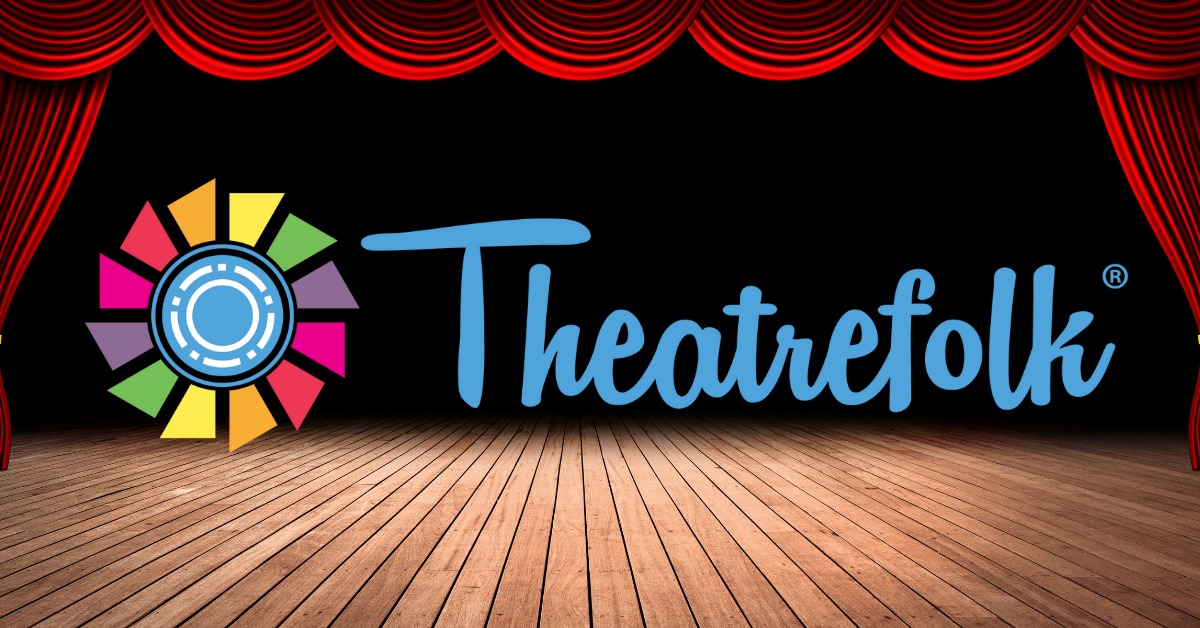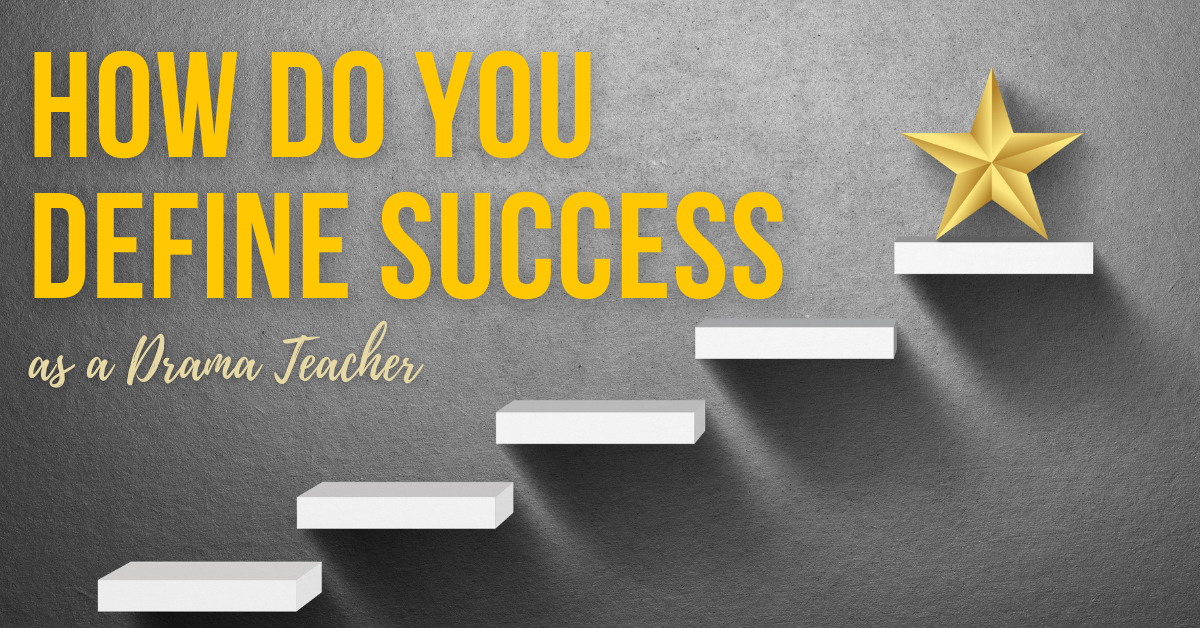Brainstorming: Effective Group Work
How can you get your students to brainstorm effectively?
Brainstorm: a group discussion to come up with ideas and solve problems.
Brainstorming is a great idea generation and problem solving technique if it’s used in a focused way. That may seem beside the point – come up with any idea! But only in this way! But the fact of the matter is that to tell students to “brainstorm” is too vague.
If you want to hone your students’ group-think skills, then brainstorming needs a structure. Each session is contained and follows the same procedure. (Such as: put as many ideas on the page as you can, reject nothing, and then discuss and decide on ideas to move forward with.) Brainstorming sessions without structure can turn into fights, students can shut down if they feel judged, and the overall result is unsuitable for further exploration.
How do you get your students to effectively brainstorm?
Example: Brainstorming for a group playwriting project
Consider the example of writing a play as a group. Brainstorming is often the first step in a playwriting project and it would make sense that the first task is brainstorming subject ideas.
But to tell students “brainstorm ideas for a play” is a vague suggestion. There are so many possible subjects, this could end up as an exercise in frustration. You want the brainstorming sessions to lead students to come to a consensus, to work together, and to feel comfortable contributing to the process.
Implement a step-by-step structure for brainstorming ideas. In this case, work backwards. Have students brainstorm on form first, then topic, and finally theme.
Why do we end with theme instead of begin with theme? It certainly feels like the most specific point to start brainstorming.
Playwriting often feels like an overwhelming venture. To say “write a play” is daunting for most students. It leads to blank stares and blank pages. By using a brainstorming exercise to identify specific attributes of the play, it gives students tangible steps toward writing instead of starting from scratch. And the brainstorming itself gives students practice working together, negotiating, and participating in the decision making process before the first word. Hopefully this will make the actual group writing a smooth endeavor.
Form
First, have your students think about the type of play they want the finished product to look like. Don’t worry about the content, what skeleton or framework will the content live in?
Ask students: what form do you want this play to take? What’s the most important quality? Comedy? Drama? Absurd? What kind of characters do you want the play to have? It’s a great place to start brainstorming because every drama student has an opinion on that – if I could be in any kind of play, what would I want to do?
Get students to think about the audience response – if they want to shock the audience, that’s going to determine the form. Comedies don’t often shock an audience. If they want to make an audience laugh, then they’re probably not going to go for an absurd form.
Brainstorm
Divide students into small groups and have them brainstorm and come to a conclusion as to how they would finish the following sentence starters:
- We want to perform the kind of show that….
- The characters in the play should be…
- The most important quality in this play is….
- We want the audience to respond with…
Instill a procedure that happens with every brainstorming session: All ideas on the page, no judgement, discuss and then a final decision.
Instruct groups to take one sentence starter at a time and come up with as many different endings to the sentence as possible. A minimum of ten for each sentence starter. Then groups have to decide on the most important three, and then finally come to a conclusion on the way to end the sentence.
Topic
The next phase is to brainstorm on a topic. Before that though, there is one very important question to answer: Who is the audience for our play? That is going to determine a baseline for the topic selection.
For example, if you’re going to write a play for the middle school students in your area, that means everyone in the audience is 10-12 years old. What kinds of topics resonate with this age group? What topics are off bounds?
Brainstorm
Once you determine the audience, have students brainstorm possible topics for that audience. The best exercise for this is to automatic write ideas. Automatic writing is a great exercise for getting words on the page without censorship or self-criticism. That is the key component of brainstorming – words on the page. The more topics that groups can put on the page, the better. Instruct students that no idea should be thrown out, rejected, or scorned. Everything goes on the page. It works well to give a time limit (no more than 5 minutes) with this exercise to push students to come up with one idea after another and to not overthink the process.
Once groups have a page of ideas, it’s time for students to discuss them and decide on five. What are the five topics that make the most impact?
Each group presents their list to the class and then from that list the entire class discusses and decides on five. Those five are then discussed and a final topic is chosen.
If students have difficulty choosing a topic, remind them of their audience and their answers to the form sentence starters. If students decided that they wanted to write a comedy, then the topic of depression isn’t going to match their chosen form. This is not to say that the form can’t change, but this is a great way to keep students focused on moving forward with their brainstorming and decision making process.
Theme
You’ve chosen a topic. For example, a comedic play for a middle school audience on the topic “The first year of High School.” The last step in the brainstorming process is to discuss theme. What are the most important themes within their topic? Essentially, this determines the plot for the play. What the characters will worry about, what the scenes are going to focus on.
Brainstorm
Give students a time limit to gather as many themes on the topic as possible. How do you narrow down the topic? Again, no idea should be scorned, rejected, or criticized. This is when brainstorming can go awry. When a student feels judged for their ideas, they’re going to stop participating. This is the last thing you want in a collaborative endeavor. During each session, your job is to make sure groups stay on each step along the way: All ideas on the page, no judgement, discuss and then a final decision.
At the end of these brainstorming sessions, students will have the form, the audience, the audience response, the topic, and possible themes for scenes. That is a lot of “effective” work!



